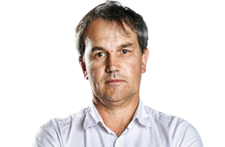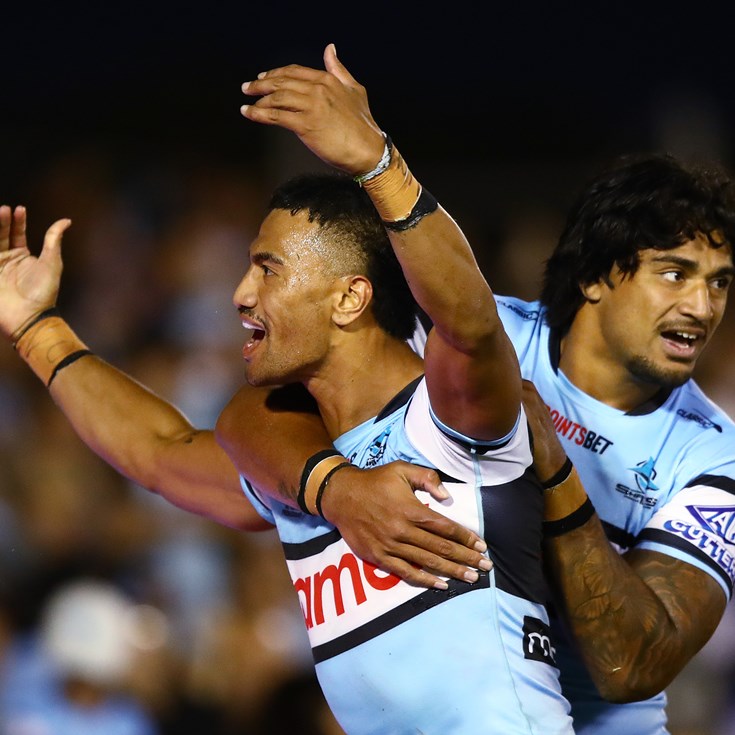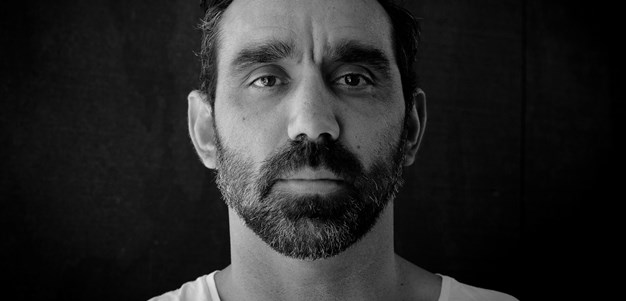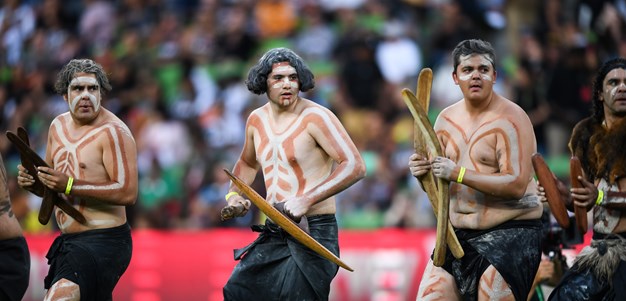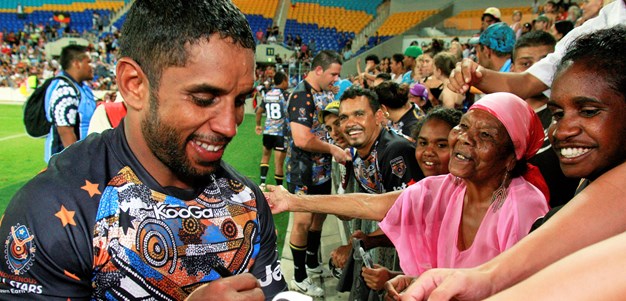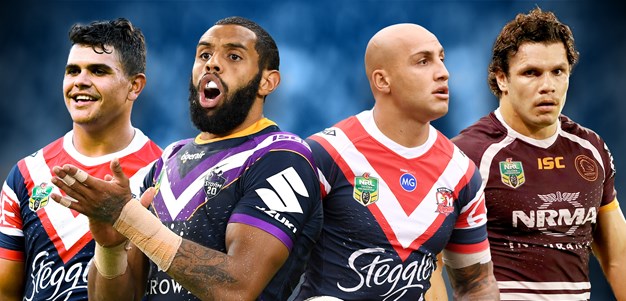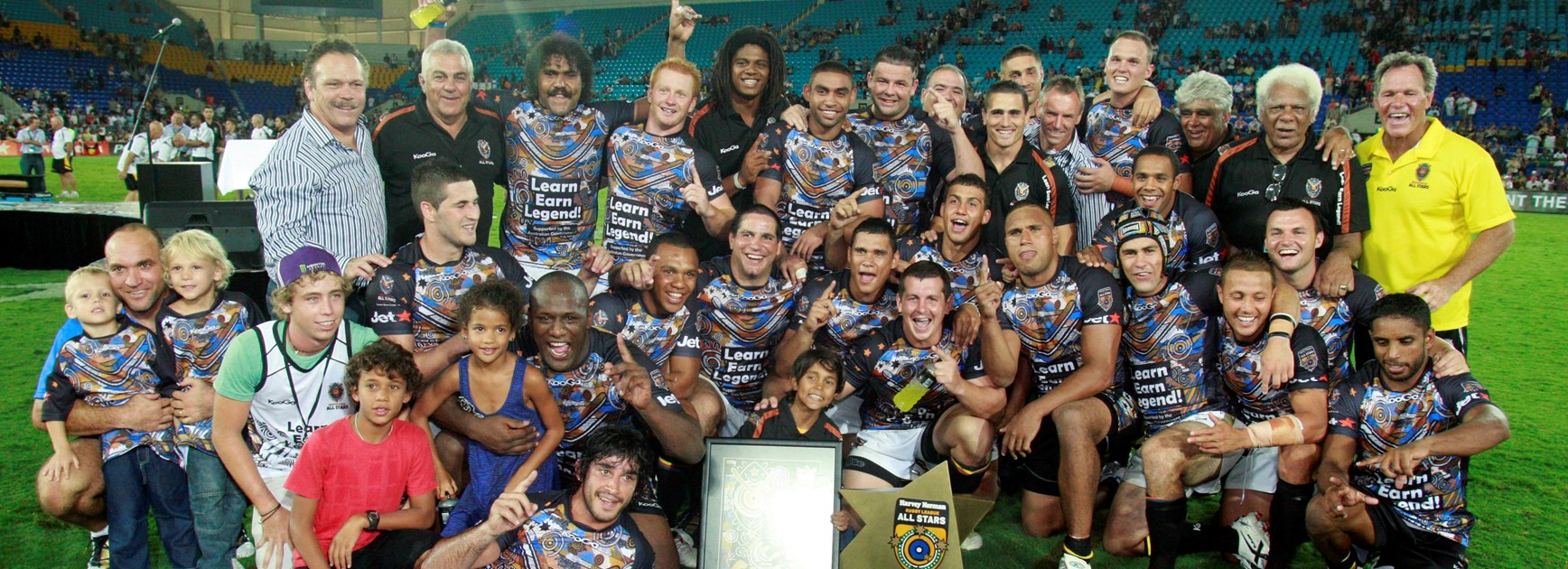
Wayne Bennett and Darren Lockyer played pivotal roles in helping convince NRL clubs to support the All Stars concept but financial clout was needed to make it become a reality.
The backing of Channel 9 boss David Gyngell and Harvey Norman CEO Katie Page was crucial to the concept's success.
A decade after the Neil Henry coached Indigenous All Stars team upset Bennett’s superstar laden NRL All Stars team 16-12, it can be revealed that a stand-alone broadcast deal was negotiated for the match.
At the time the NRL was in the second year of a five-year broadcast cycle so a separate three-year deal was agreed for All Stars, while Harvey Norman became the jersey sponsors for both teams.
As the Indigenous and Maori All Stars teams prepare this week for the return of the match to the Gold Coast on Saturday, the future of the concept appears secure but NRL.com has been told it may never have come to fruition without the heavyweight support of Gyngell and Page.
Preston Campbell was the driving force behind the concept after playing for the Indigenous Dream Time team in the curtain-raiser to the opening match of the 2008 World Cup and Kangaroos stars Johnathan Thurston and Greg Inglis also wanted the opportunity to represent their culture.
All Stars: Where it all began
However, it wasn’t only the Indigenous stars who wanted the game to go ahead, with Lockyer – the Australian captain – and Bennett lending their support to the cause as club bosses considered the emotional pleas of the players and a business case for the concept at a CEOs meeting in 2009.
"To have a player like Darren Lockyer who believed in a game like that added some weight," Campbell said. "His support definitely swayed the vote our way."
Bennett wanted to be involved in any role that would help ensure the success of the concept and with him as coach, the NRL All Stars attracted the game's biggest names with Cameron Smith, Benji Marshall, Jarryd Hayne, Israel Folau, Sam Burgess among the stars lining up alongside Lockyer.
"I was just looking at the players in the NRL All Stars team and it was like a world team so it was an outstanding effort to get that win," Henry said. "It was a high quality game and it was important that we got the result."
The former Raiders, Cowboys and Titans mentor had been in charge of the Dream Time team in 2008 for their clash with Aotearoa Maori at the SFS.
The curtain-raiser kicked off four hours before Australia’s World Cup clash with New Zealand to accommodate the 6pm news and 60 Minutes on Channel 9, but by half-time there were already 14,000 people in the stadium.
With the match drawing more viewers than the Bledisloe Cup clash between the Wallabies and All Blacks in Hong Kong, Channel 9 was convinced the All Stars concept would be a ratings winner.
The decision was vindicated by sales of the Indigenous All Stars jersey in the lead-up to the historic match, which outstripped figures for Melbourne Storm and Newcastle Knights jerseys during the 2009 season.
"I liked the concept because I had coached some of the Aboriginal boys and they were always on about how they wanted to play for their people and they wanted to be a team so I supported them," Bennett said.
"I was happy to do any role and I said I wanted to be involved if there was a place for me. I ended up coaching the All Stars team and obviously the reasons we were playing were different but it was important for us because they were our teammates and we didn’t want to let them down.
Hear us. See us
"We kept the boys happy and they all wanted to come and play. That was the best part of it."
In the Indigenous camp, the focus was on culture and community after Henry saw how the players embraced training at La Perouse and Redfern during the 2008 match.
"We talked about where they had come from and we went to visit Tony Mundine’s gym in The Block," Henry said.
"Some players were connected to their Indigenous history and some guys weren’t but a lot of them started to take a real interest.
"It is well documented that JT [Thurston] went back out to Mitchell to find out more about his history after the first All Stars game and those guys talked about it as ‘an awakening’ for them."
While Sam Thaiday stripped down to his undies after a team dinner and played the didgeridoo, and George Rose told how his grandfather had been a key figure in the Freedom Rides of 1965 to protest against racism in country towns, others didn’t know much about their ancestry or culture.
PJ Marsh only discovered he had Indigenous heritage after the birth of his son.
"I’ve coached some of the boys and they don’t know about cultural stuff but it’s their DNA; their tribalism, the way their ancestors were, the way they hunted and survived," Bennett said.
"The problem is that they are brought up in the city so they get lost.
"They go to the [NRL Indigenous] camps and they talk about their history, and they take them out fishing or do other things like that, and when they come back they bring something with them.
"I’ve seen it with James Roberts, and all of them. I’ve seen how much it has changed them and they can’t wait to go into camp. I think their communities are proud of them so it has been a great concept."
More important than the result of All Stars matches is the community work the teams do in the lead-up to the game and way that the messages about health, education and other Indigenous issues that the players help deliver.
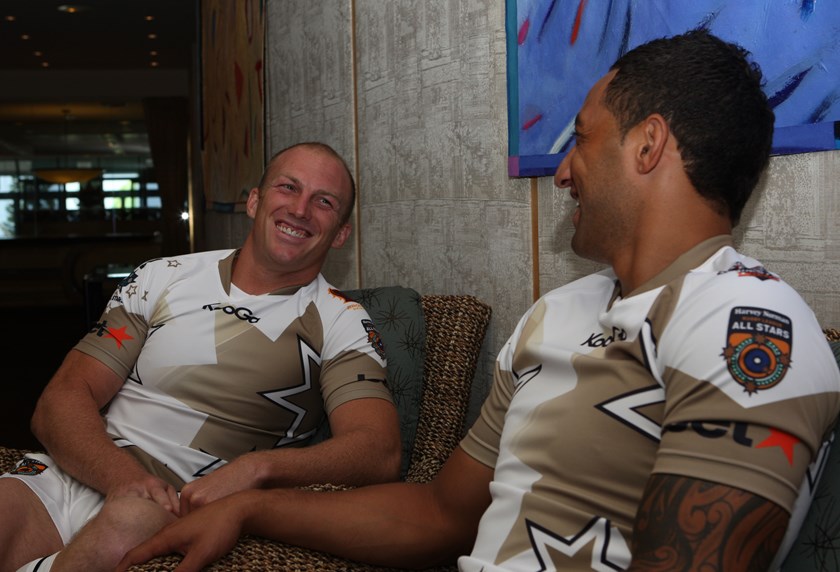
Henry estimates the Indigenous All Stars team only trained three times before the first match in 2010 due to off-field commitments but the pride the players felt in representing their culture and the atmosphere in the stadium inspired them to victory.
"I remember Nova Peris coming to the team hotel on the morning of the game and she was really quite excited," Henry said.
"The boys reciprocated and I remember JT being honoured to meet her. She is a champion so that was just a nice interaction.
"There was a real colourful atmosphere at the game and we probably haven’t seen anything like that until the Tongans on the international stage [at the 2017 World Cup].
"I think the really good back story to the whole concept is reconnecting the players to their history and them then being a powerful voice for promoting the story telling around where they come from among quite a diverse Indigenous population, who are quite tribal, quite territorial and quite proud of the different regions they come from.
"It was a stand out for me in coaching in that cultural sense, and not being Indigenous it was a real honour."
Get your tickets to see the best of the NRL’s Indigenous and Mãori players going head to head at Cbus Super Stadium on February 22
